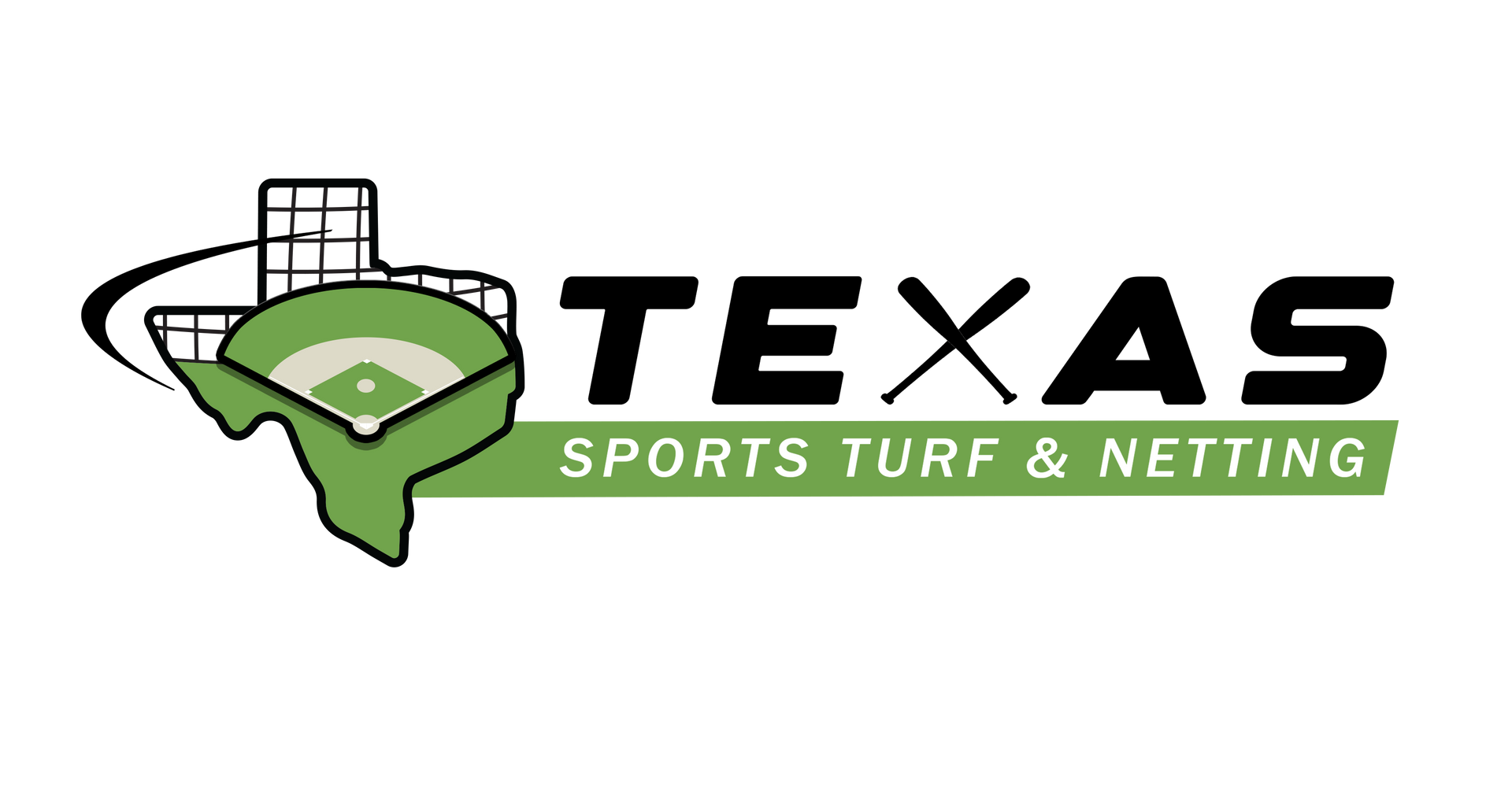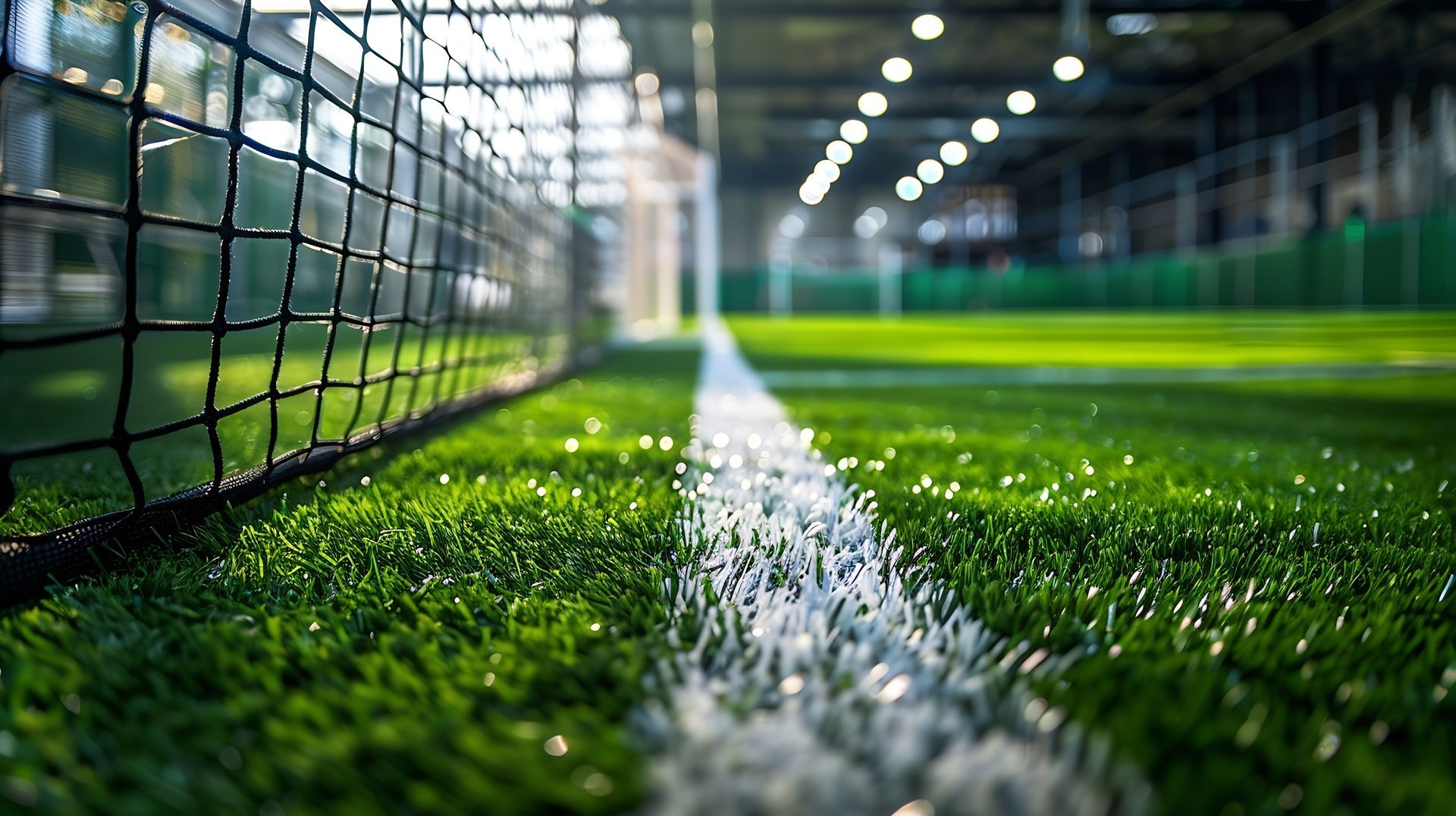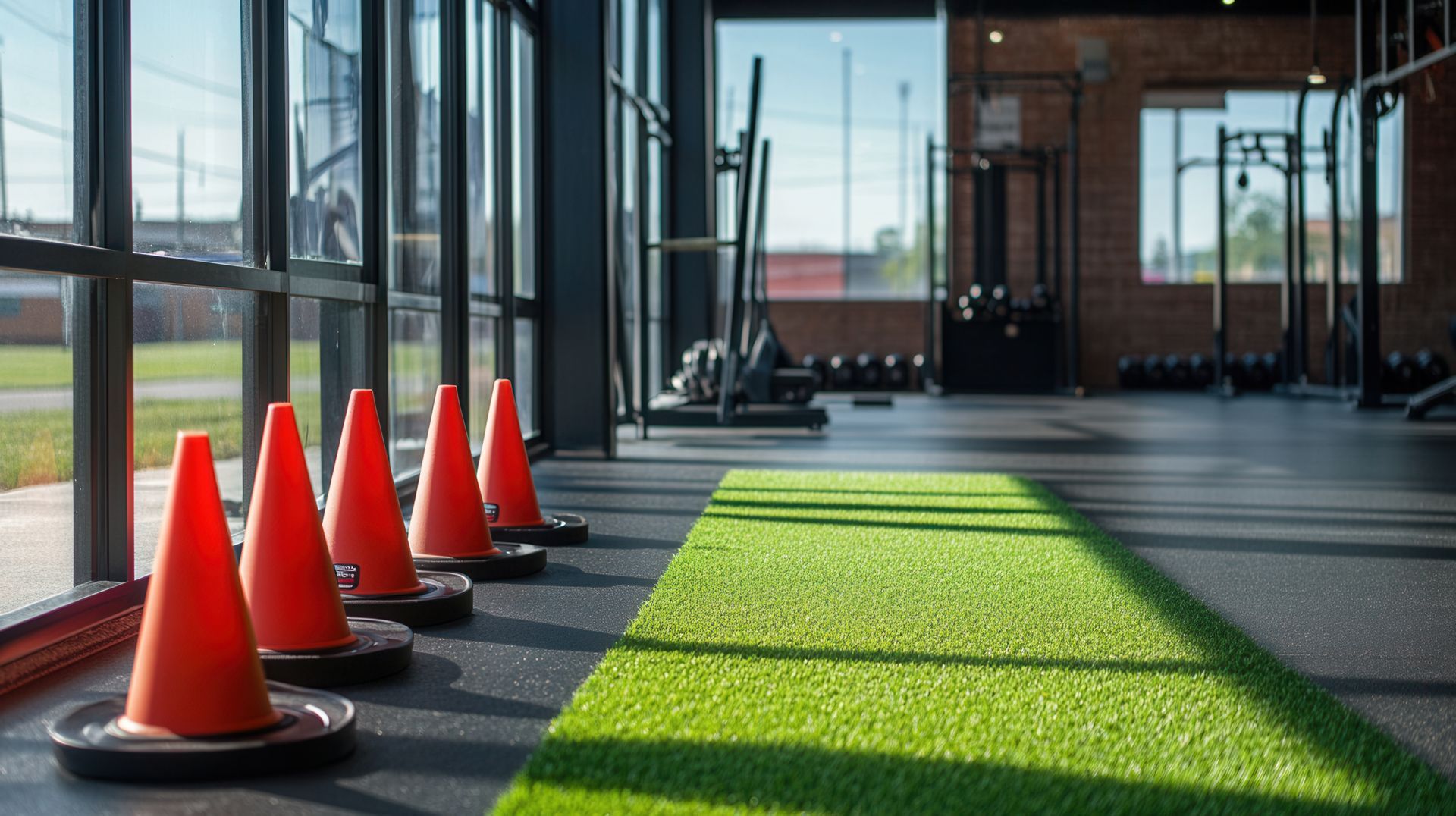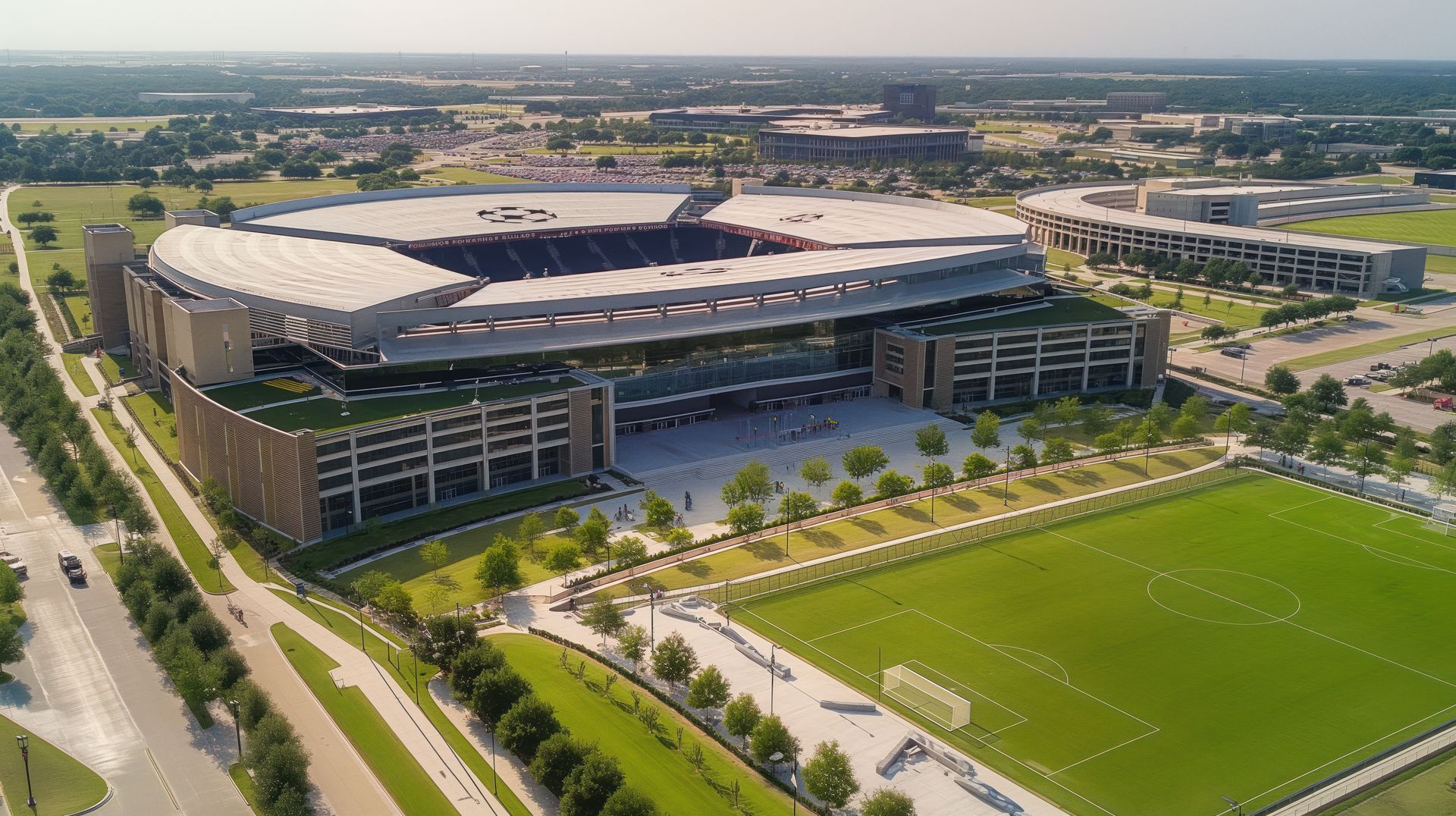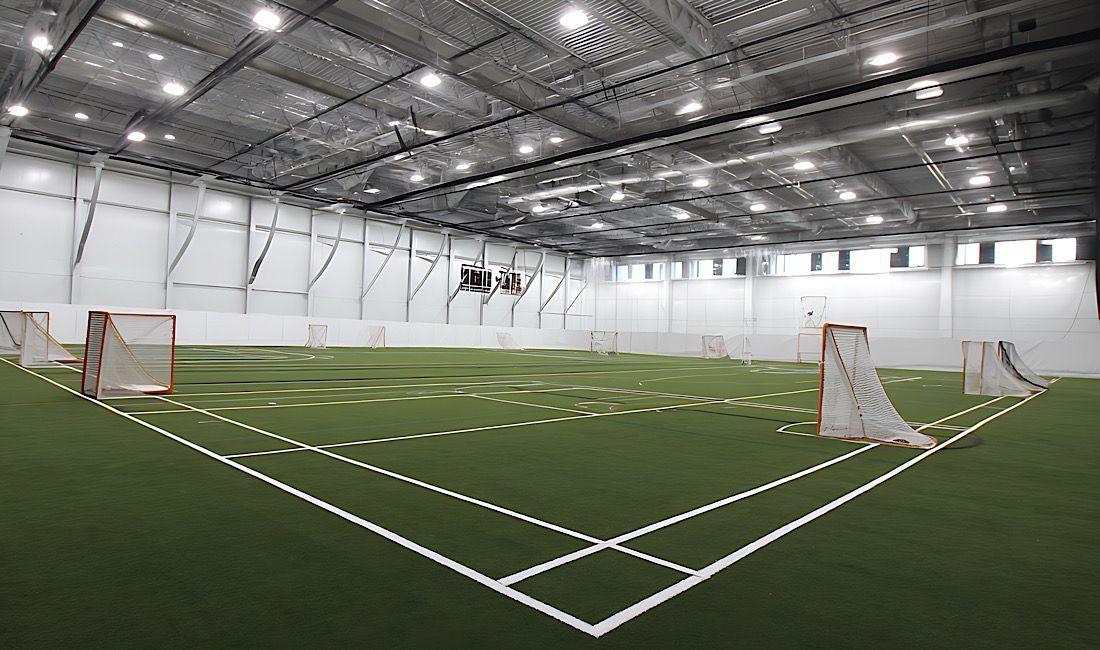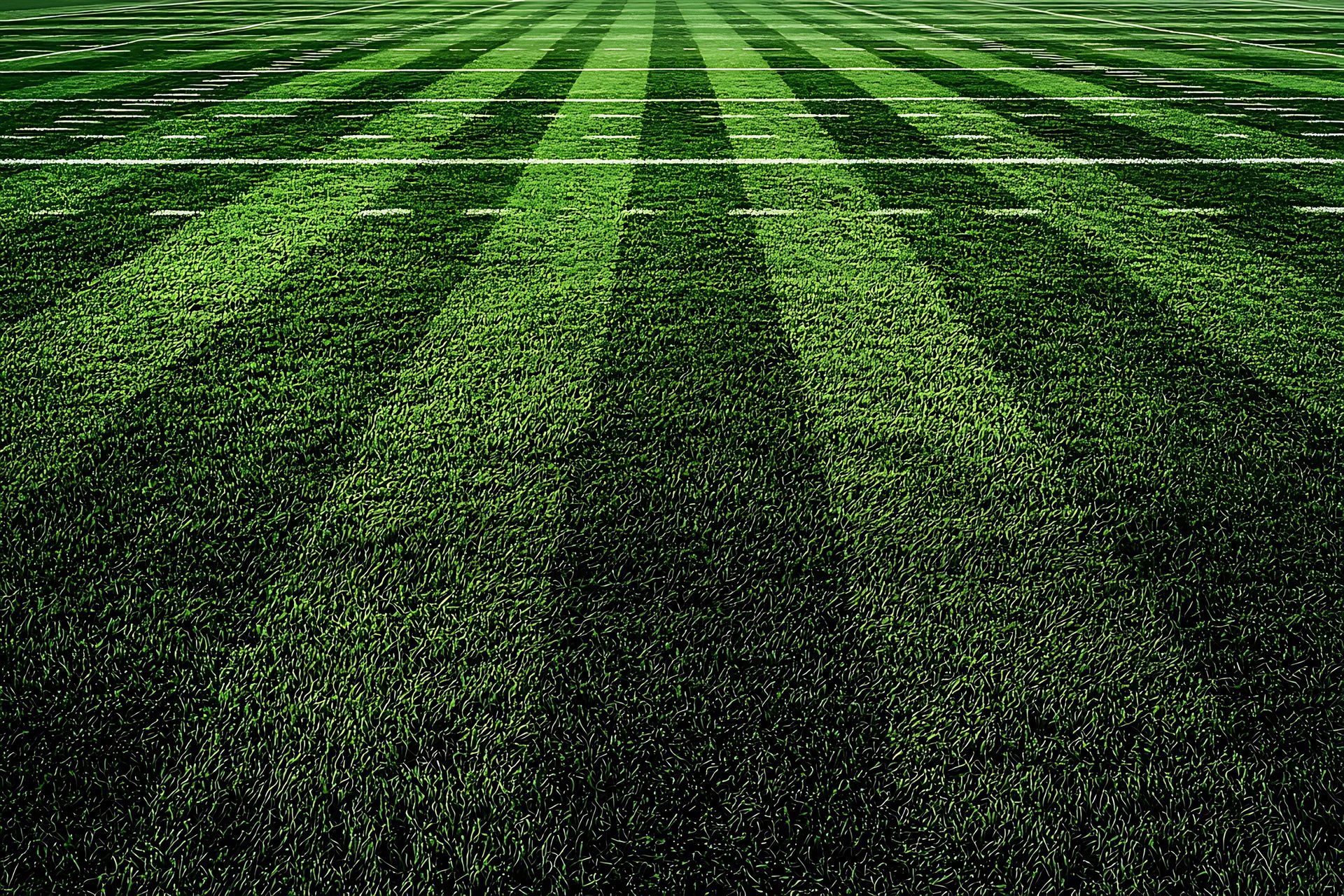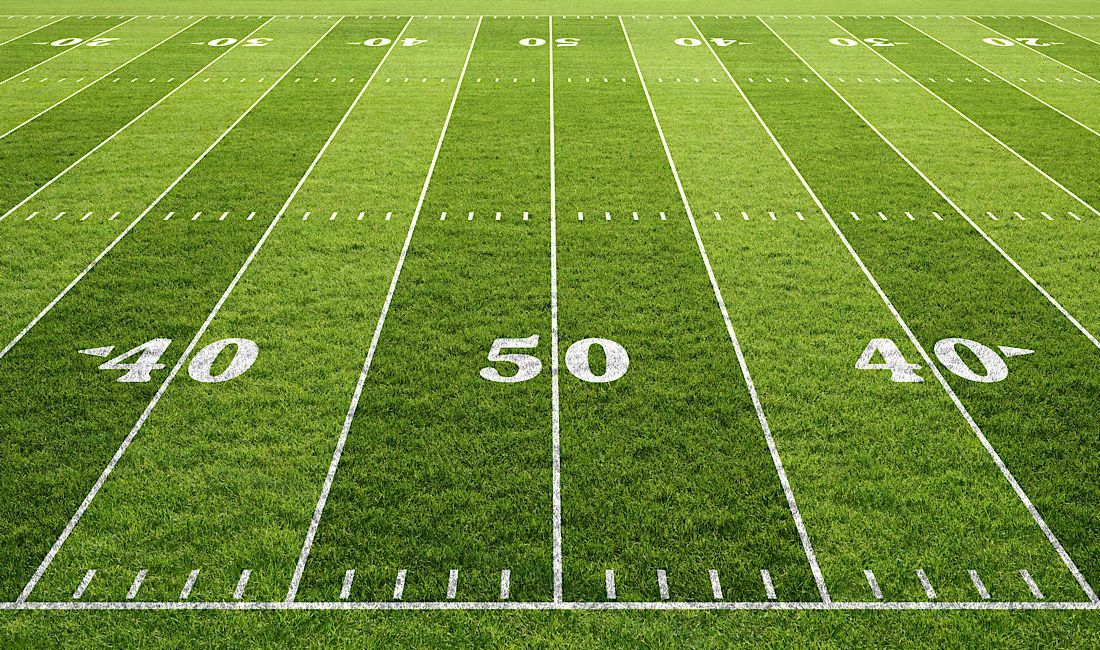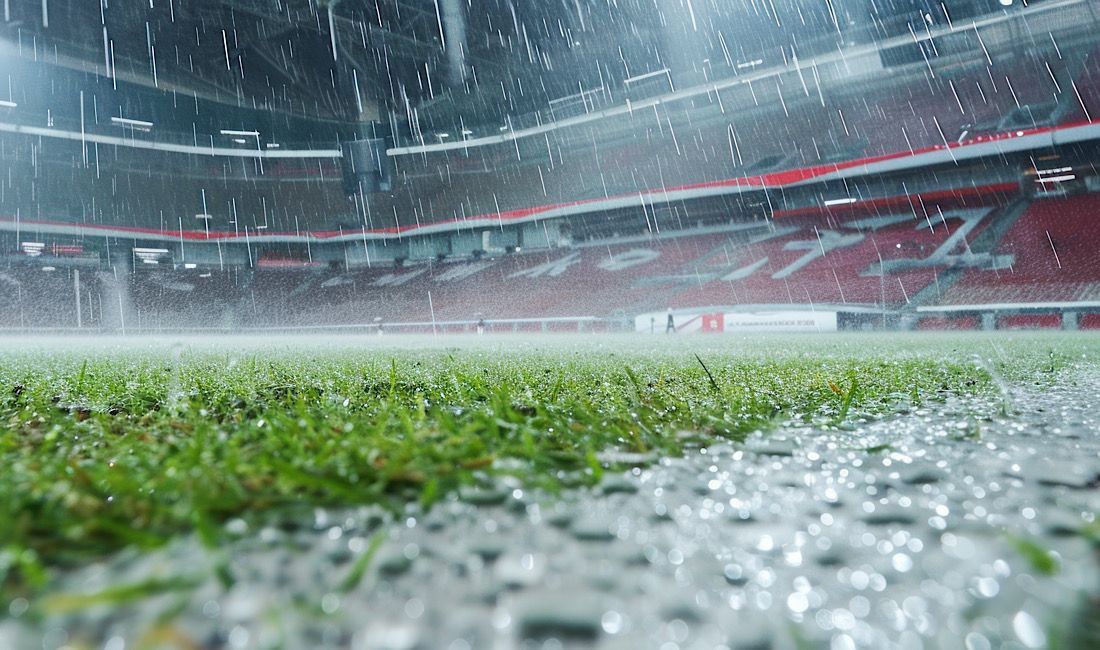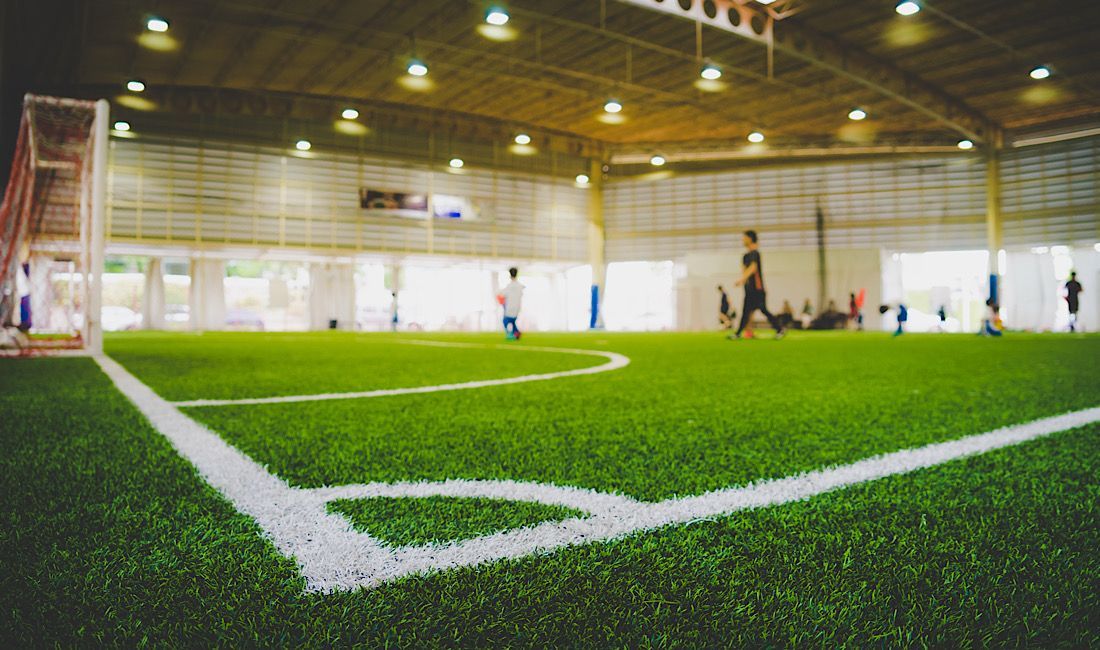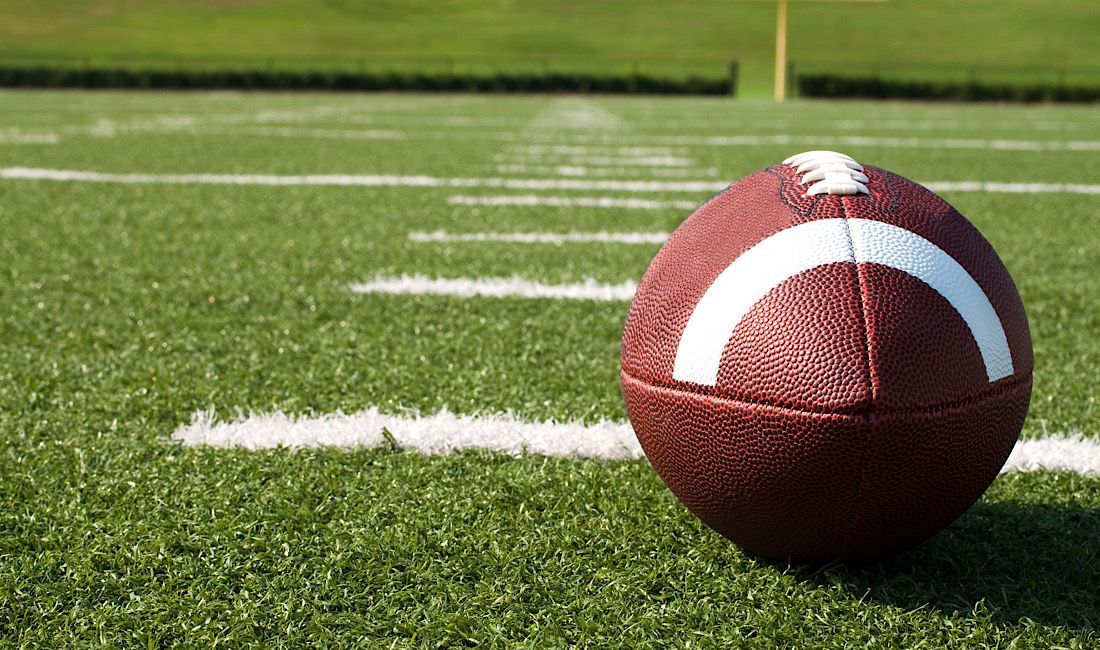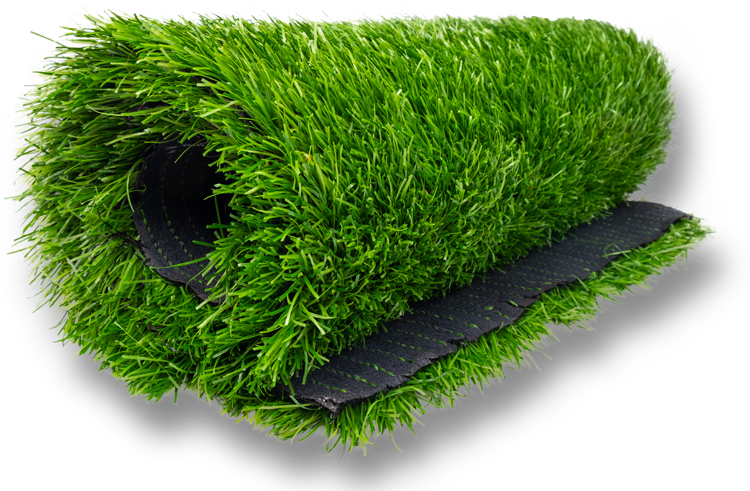Case Study: How a Dallas High School Cut Field Downtime by 85%
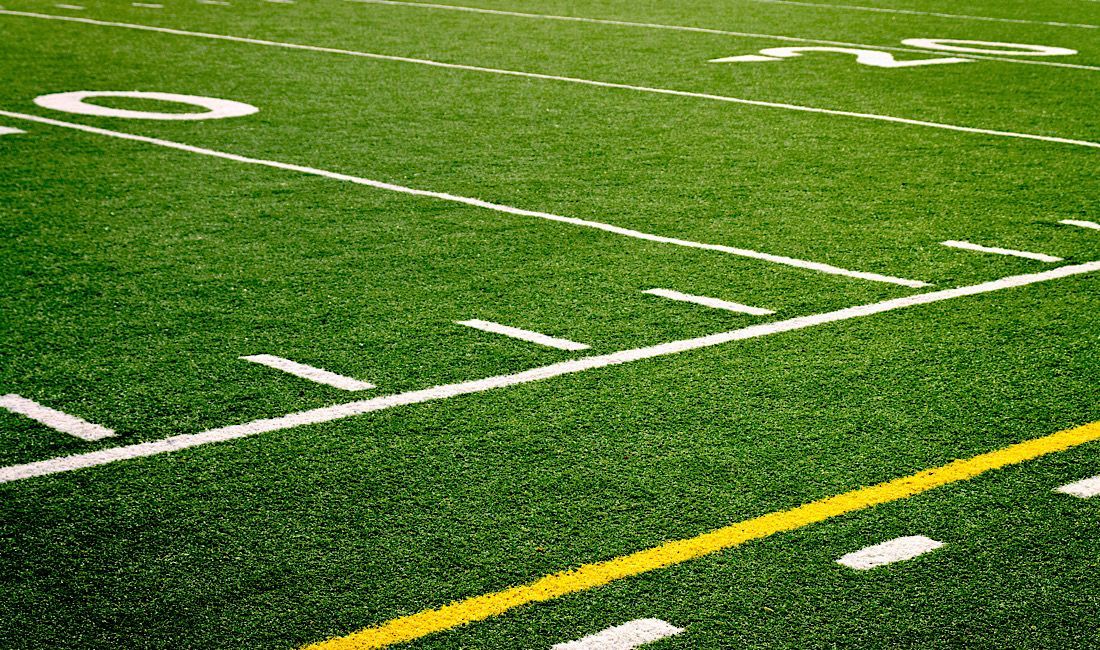
In the fall of 2023, a prominent public high school in Dallas faced a recurring challenge common to many Texas school districts — poor field conditions derailing the football season. Unpredictable weather patterns, heavy usage, and high maintenance costs were compromising the quality and availability of the school’s natural grass field. Game cancellations, practice relocations, and budget strain became routine by mid-season.
The school’s leadership team, including the superintendent, athletic director, and facilities manager, recognized that a long-term solution was required — one that would improve field reliability, reduce disruptions, and ensure student-athlete safety without overextending operational budgets.
This case study outlines how the school partnered with Texas Sports Turf & Netting to install a professional-grade synthetic turf system, cutting field downtime by 85% within one year of installation and transforming the school’s athletic infrastructure.
The Problem: Grass Field Failures Compromising Program Stability
Before the turf upgrade, the school’s natural grass football field was experiencing:
- Unusable conditions after rain: Even light rainfall resulted in puddling, soft patches, and canceled practices.
- Inconsistent playing surface: Uneven grass and worn-out zones around the hashmarks led to safety concerns and performance issues.
- High annual maintenance costs: Between watering, mowing, fertilization, pest control, and repairs, the district was spending over $47,000 per year maintaining the grass field.
- Disrupted scheduling: With just one playable field, JV and freshman teams often had their practices moved or canceled due to varsity priority.
By October 2023, the school had lost 4 varsity practice days and two home games due to field recovery needs — forcing unplanned travel expenses and logistical challenges for coaches, players, and families.
The Solution: Full Turf Conversion with Performance-Driven Design
In late fall, the district greenlit a fast-tracked turf project, engaging Texas Sports Turf & Netting to lead the design and installation of a new synthetic playing surface. The decision was based on the company’s proven experience with school district installations across Texas and its ability to complete field transformations during the off-season window.
Key features of the solution included:
- Custom drainage system tailored for North Texas rainfall volumes
- Infilled synthetic turf with multi-sport markings and permanent logos
- Shock pad underlayment to reduce impact stress and support athlete safety
- Reinforced edge anchoring to prevent movement and ensure longevity
- Full-field LED lighting retrofit (coordinated through a partner vendor)
The entire turf system was completed in just under 12 weeks, allowing spring athletic programs to begin on time.
The Results: 85% Reduction in Downtime and Measurable Performance Gains
By the end of the 2024 football season, the impact of the turf installation was measurable across every area of the program:
- 85% reduction in weather-related field closures
- Zero canceled games due to field conditions
- A 60% decrease in reported minor injuries (non-contact slips, ankle rolls) compared to 2023
- $39,000 savings in annual field maintenance
- 4 additional community events held at the stadium, increasing local engagement and facility rental revenue
The field was also used by:
- Soccer programs in the winter
- Track and field events in the spring
- Summer youth football camps hosted by the district
According to the district’s superintendent:
“This project has fundamentally changed the way we think about athletics and field utilization. We’re not just maintaining a facility — we’re maximizing it.”
Superintendent Takeaways: What Other Districts Can Learn
This Dallas high school’s success offers several important insights for other superintendents and district leaders considering turf conversions:
Start with long-term ROI, not short-term budgets
Though the upfront cost of synthetic turf installation was significant (approx. $925,000), the projected breakeven point
is year seven,
based on maintenance savings and rental revenue alone.
Engage the right partner early
Texas Sports Turf & Netting provided site assessments, soil analysis, and design recommendations that helped the district secure bond approval and community support.
Factor in multi-sport and multi-use value
The turf field is now used by every athletics department, band practice, and physical education classes — supporting a broad student population, not just football.
Improved field conditions build program pride
Coaches, families, and students take greater pride in upgraded facilities. Game attendance has increased, and athletes are spending more time practicing safely on their home turf.
Community ROI is real
Local organizations — from Pop Warner to veterans’ leagues — have inquired about renting the facility for events, helping offset initial installation costs.
Looking Ahead
The district is already exploring a second turf installation for its secondary stadium and investing in practice areas with similar systems to support off-season training. Synthetic turf has become more than just a surface — it’s now a key part of the district’s infrastructure strategy for safety, sustainability, and efficiency.
For superintendents facing similar challenges with natural grass fields, this Dallas school’s success proves that synthetic turf can deliver lasting benefits — from weather resilience and cost savings to improved safety and community engagement.
Is your school struggling with field downtime, high maintenance costs, or game cancellations? Texas Sports Turf & Netting has the proven experience to transform your facilities into safe, reliable, and cost-effective athletic assets.
Call 281-876-7958 today or visit Texas Sports Turf & Netting to schedule your consultation and start maximizing your athletic infrastructure.
Frequently Asked Questions
Why should schools consider synthetic turf over natural grass?
Synthetic turf offers weather resilience, consistent playing conditions, reduced maintenance costs, and safer surfaces for student-athletes.
How long does a turf installation project usually take?
Most full installations can be completed within 10–12 weeks, often scheduled in the off-season to minimize disruption.
What is the expected lifespan of synthetic turf?
With proper care, synthetic turf typically lasts 8–10 years, with ROI achieved within 6–8 years due to maintenance savings and rental revenue.
Can the field be used for sports beyond football?
Yes. Turf supports multiple sports, band practice, PE classes, and community events, maximizing usage and return on investment.
How does turf impact safety?
Modern turf systems include shock pad underlayment and drainage designs that reduce injuries such as slips and ankle rolls.
